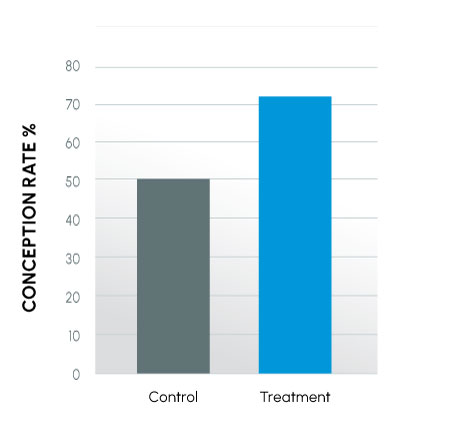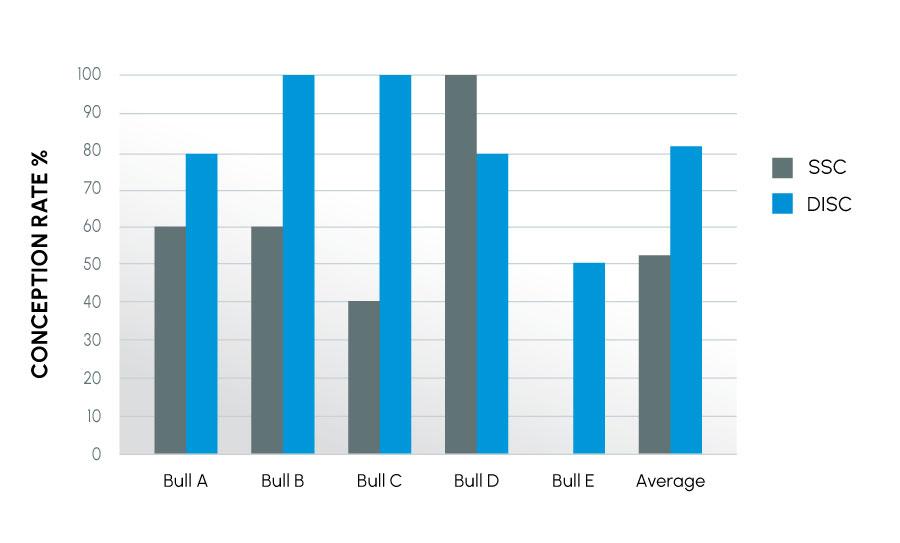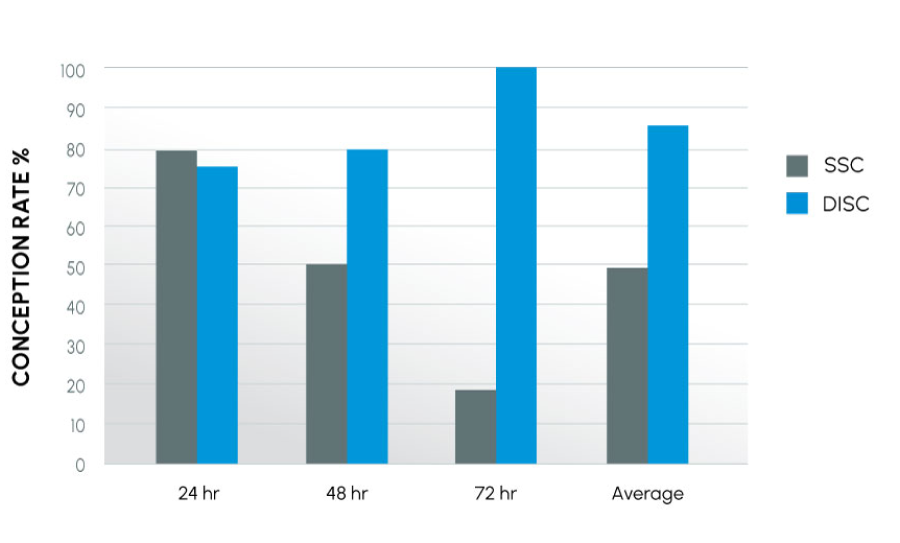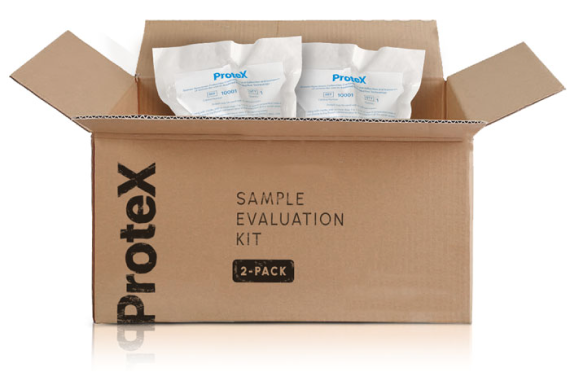Studies
A Retrospective Review of IUI Clinical Outcomes Following Semen Collection in the ProteX versus a Standard Specimen Cup
Preliminary Clinical Outcomes in an IVF Program using the ProteX versus a Standard Specimen Cup for Semen Collection
Early Fertility Trials of Semen Collection Device Previously Demonstrated to Improve Semen Parameters and Pregnancy Rates in Animal Models
Pregnancy Trials Using the Device for Improved Semen Collection
Physiological and Biochemical Assessment of a New Semen Collection Device
Continued Evaluation of a New Semen Collection Technique / Container in Subfertile and Infertile Individuals Using a Cross-species Model
New Semen Collection Technique / Container Improves Semen Quality
Improving Semen Quality Using a Modified Collection Technique
A Novel Collection Technique for Improved Semen Quality
Improvement of the Semen Collection Environment Using a New Semen Collection Device
ProteX Original Research | Animal Study
Pregnancy Trials Using the Device for Improved Semen Collection
Authors
- Umbrella Corporation, San Antonio, TX
- Department of Obstetrics and Gynecology, Texas Tech University Health Sciences Center, Lubbock, TX
- Department of Animal and Food Sciences, Texas Tech University, Lubbock, TX
Publication
Objective
It is well documented that sperm undergo significant physiological and biochemical processes, many of them brought on by changes in the environment at ejaculation. While the preponderance of the individual changes can be seen as positive and necessary for fertilization, collectively they set the cell on course for its eventual death. Previous research from this laboratory has demonstrated that modification of the collection environment using the Device for Improved Semen Collection (DISC), can lead to a delay in certain activation pathways and help provide a better quality sample for treatment procedures. A small human trial demonstrated superior semen parameters and equivalent pregnancy rates. The present study presents pregnancy data in two controlled trials in domestic animal species.
Design
Controlled prospective trial.
Materials and Methods
Two large scale pregnancy trials were conducted with the DISC in the equine and bovine. In both trials, semen was collected from the males in a real-time split collection where approximately half of the ejaculate was collected into the DISC or an appropriate control. Semen parameters were measured manually at the time of collection and time of insemination. In the equine trial mares were inseminated at ovulation with semen 24, 48, or 72 hours old to mimic industry practice (49 total inseminations). In the bovine, 43 females were divided for insemination with semen from either control or DISC collections. Inseminations were timed to occur 12 hours after semen collection using industry standard techniques. Pregnancy was determined by ultrasound.
Results
Conclusions
Data continue to indicate semen collected in the DISC provides higher quality cells for reproductive purposes. Further, pregnancy rates appear higher in animals bred with semen from the DISC. Additional research is warranted to confirm these findings.
Supported by
TTU Office of Research Commercialization.
Figure 1
Conception Rates in commercial cattle

Insights
Large scale pregnancy trials were undertaken in both equine and bovine models using species-specific versions of ProteX (TruBreed). In a herd of 43 commercial cattle females, pregnancy rate increased from 50% with traditional methods to over 70% using ProteX. Across six proven bull sires, only one had higher conception rates using traditional methods.
Figure 2
Conception rates by Bull in a Commercial Cattle herd

Figure 3
Conception Rates Over Time – equine

Insights
It is standard practice in the horse-breeding industry to not use semen that is over 24 hours old due to the rapid decline of sperm quality. This is observed in the steady drop of conception rate in the control arm. This is contrasted by the observation from semen collected in the DISC, which saw a steady increase in conception rate over time and a significantly higher conception rate compared to control.
Direct insights into the research, methodology, and results have been added to this summary by the co-inventors themselves. This additional information is intended to provide helpful context to professional practitioners and does not fundamentally change the outcomes or interpretation of the published results. All ProteX research content and material is the property of Reproductive Solutions and may not be redistributed or republished without our consent. All rights reserved.
